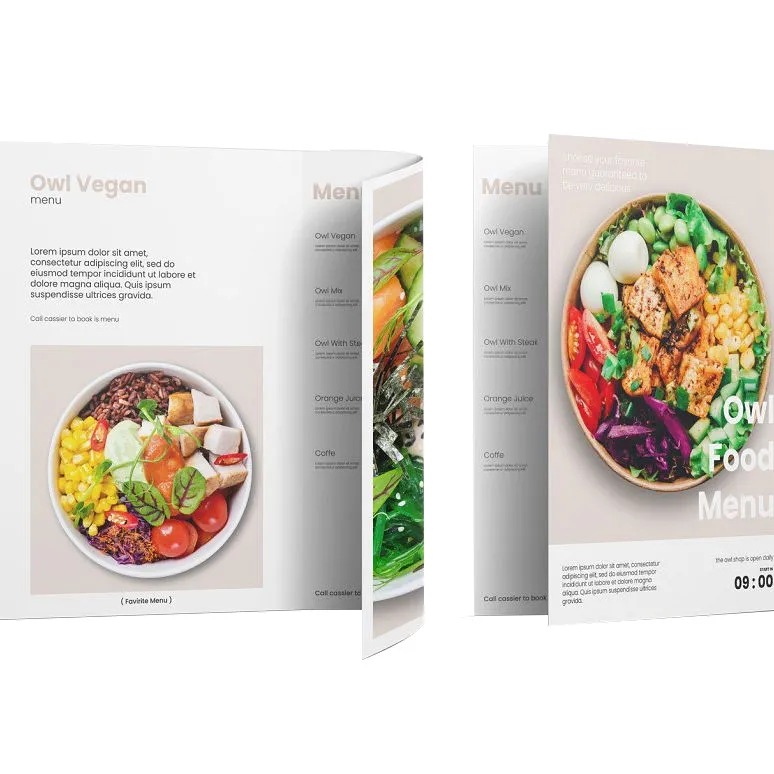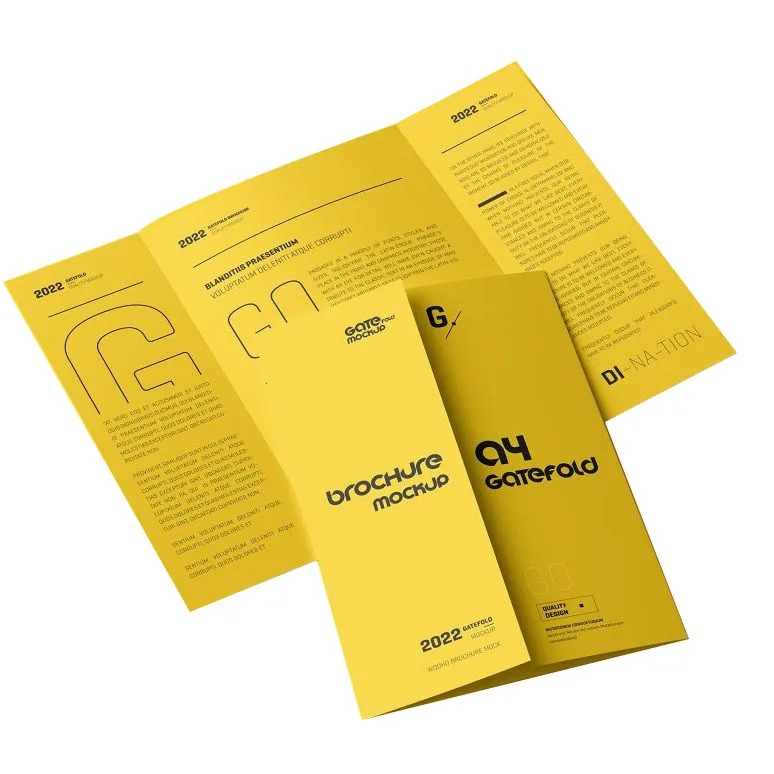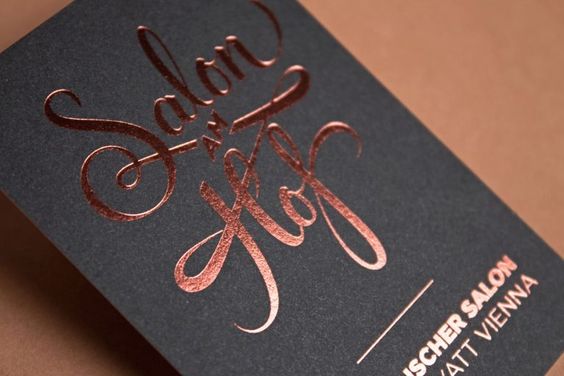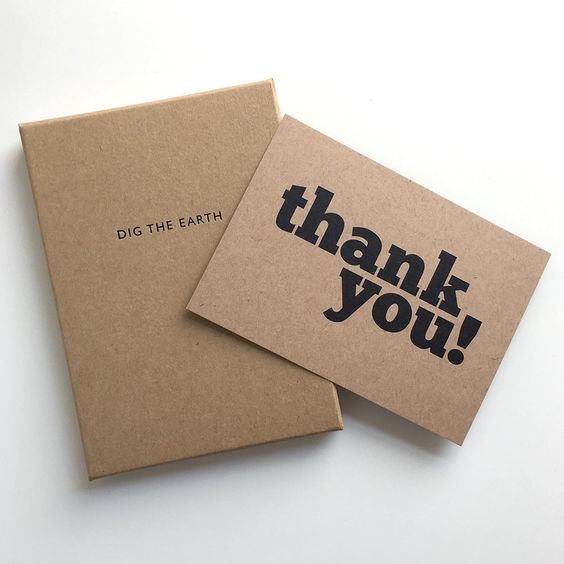Introduction
Brochures serve as powerful marketing tools, whether it’s to promote products, services, or events. At the heart of an effective brochure lies the strategic use of visual elements to capture attention, convey information, and leave a lasting impression on the audience. In this comprehensive guide, we’ll explore the importance of visual elements in brochures, provide specific examples tailored to different industries, and offer detailed best practices to help businesses create impactful marketing collateral that resonates with their target audience.
Importance of Visual Elements in Brochures
Visual elements play a crucial role in achieving the objectives of a brochure, whether it’s to drive sales, increase brand awareness, or promote an upcoming event. Understanding the needs and preferences of the target audience is paramount in selecting the correct visual elements that resonate with them and effectively communicate the intended message. Here’s why visual elements are essential in brochure design:
Grab Attention
Eye-catching visuals are crucial to grabbing the audience’s attention amidst the marketing materials. Vibrant images, bold graphics, and compelling infographics can instantly draw the viewer’s eye and encourage further exploration of the brochure.
Convey Information Quickly
In today’s fast-paced world, capturing attention and conveying information quickly is crucial. Visuals, such as charts, graphs, and diagrams, provide a visually appealing and easily digestible way to present complex information, making it easier for the audience to understand and retain key messages.
Enhance Brand Identity
When used strategically, visual elements can reinforce brand identity and help businesses stand out from competitors. Consistent use of brand colors, logos, and typography across the brochure strengthens brand recognition and creates a cohesive visual identity that resonates with the audience.
Increase Engagement
Well-designed visuals have the power to evoke emotions and connect with the audience, leading to increased engagement and interest in the content presented in the brochure. By tapping into the audience’s emotions, visuals can leave a lasting impression and drive action.
Types of Visual Elements in Brochures
When designing a brochure, businesses have various visual elements, each serving a specific purpose and catering to different industries and target audiences. Here are some examples of visual elements commonly used in brochures:
Images
Images are a versatile visual element that can effectively showcase products, services, or experiences. From product photography to lifestyle images, businesses can use high-quality visuals to connect emotionally with the audience and bring their offerings to life.
Graphics
Graphics, such as icons, symbols, and illustrations, can convey concepts, highlight key points, or break up text-heavy sections of the brochure. Custom graphics add a unique touch to the design and help reinforce the brand’s personality and message.
Infographics
Infographics are powerful tools for presenting complex information in a visually engaging format. Whether explaining a process, presenting statistics, or illustrating trends, infographics combine text and visuals to deliver concise and memorable information.
Color
Color plays a significant role in branding and can evoke specific emotions and associations. Businesses should choose color schemes that reflect their brand personality and resonate with their target audience. Successful brands often use color psychology to evoke the desired emotions and influence consumer behavior.
Typography
Typography refers to the style, size, and arrangement of text in a design. The right typography can enhance readability, create hierarchy, and reinforce brand identity. Businesses should choose legible fonts that align with their brand personality, ensuring consistency across the brochure.
Best Practices for Incorporating Visual Elements
To maximize the impact of visual elements in brochures, businesses should follow these best practices:
Maintain Consistency
Consistency is critical to creating a cohesive and professional-looking brochure. Ensure that visual elements, such as color schemes, typography, and imagery, remain consistent throughout the brochure to reinforce brand identity and create a seamless visual experience for the audience.
Balance Visuals with Text
Strike a balance between visuals and text to ensure the brochure is visually engaging without overwhelming the audience. Use visuals to complement and reinforce key messages rather than overshadowing them. Break up text with images, graphics, and whitespace to improve readability and retention.
Prioritize Quality
Invest in high-quality visuals, including images, graphics, and typography, to convey professionalism and attention to detail. Avoid using low-resolution images or poor-quality graphics that may detract from the overall impression of the brochure. Opt for crisp, clear visuals that enhance the visual appeal of the brochure and reflect positively on the brand.
Consider Audience Preferences
Tailor visual elements to resonate with the preferences and expectations of the target audience. Consider demographics, interests, and cultural backgrounds when selecting visuals to ensure they align with the audience’s tastes and preferences. Conduct market research or gather feedback from focus groups to better understand the audience’s preferences and refine visual elements accordingly.
Test and Iterate
Before finalizing the brochure design:
- 1. Conduct testing and gather feedback from stakeholders or target audience members.
- 2. Use A/B testing or focus groups to evaluate the effectiveness of visual elements and make adjustments as needed.
- 3. Solicit feedback on the overall design, color scheme, imagery, and typography to identify areas for improvement and refine the brochure for maximum impact.
About us
Founded in 2004 in Dongguan, Guangdong, China, Tina Hong Paper Printing Limited Company specializes in OEM printing and packaging manufacturing. With a vast plant area exceeding 15,000 square meters, we prioritize quality and timely delivery. Leveraging our expertise, we offer comprehensive printing solutions and can assist in designing impactful brochures that align with the content of this article.
Conclusion
Incorporating visual elements into brochures is essential for capturing attention, conveying information effectively, and enhancing engagement with the audience. By understanding the objectives of the brochure, identifying the needs and preferences of the target audience, and following best practices for visual design, businesses can create impactful marketing collateral that drives results and leaves a lasting impression on their audience.






